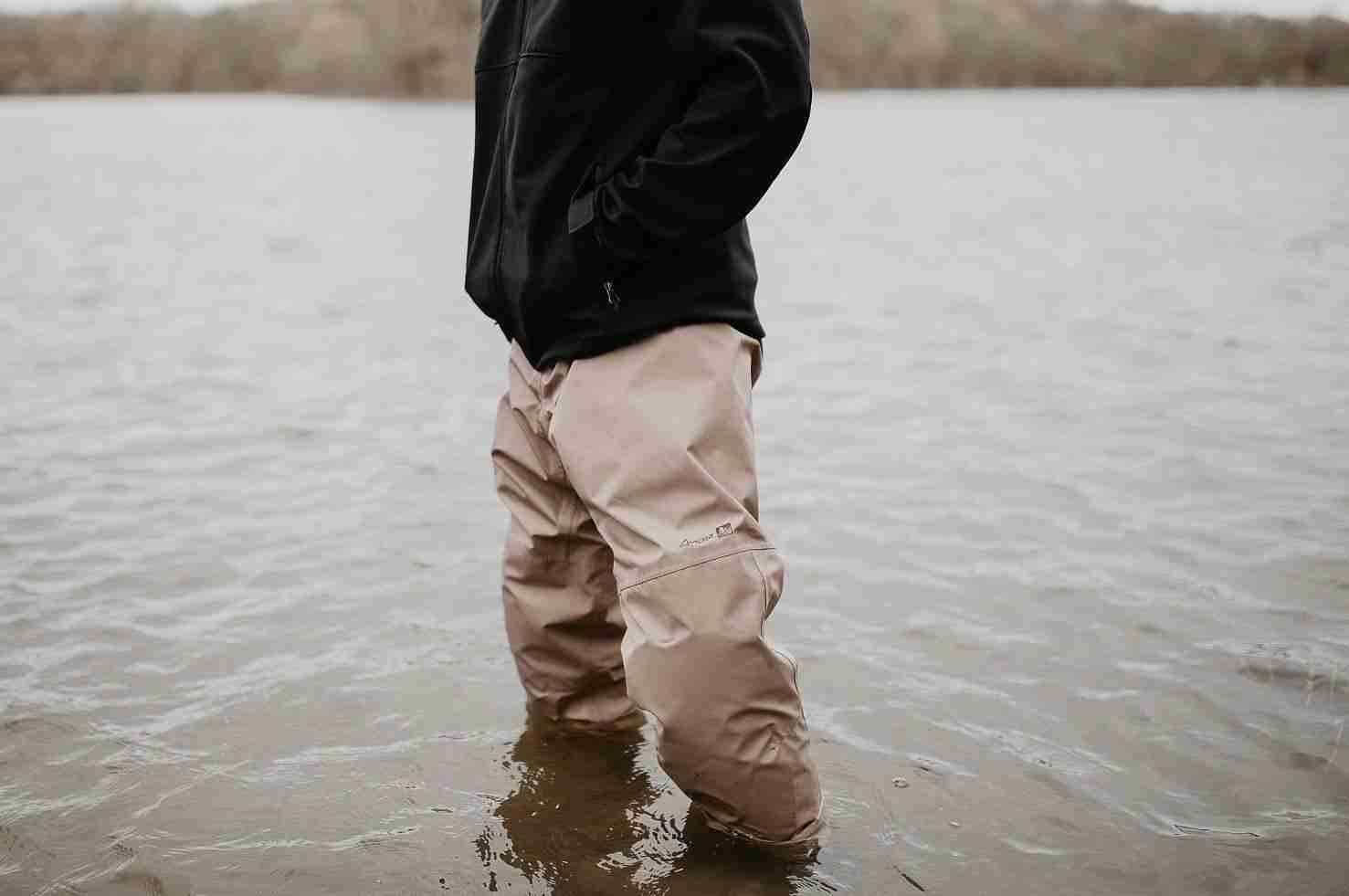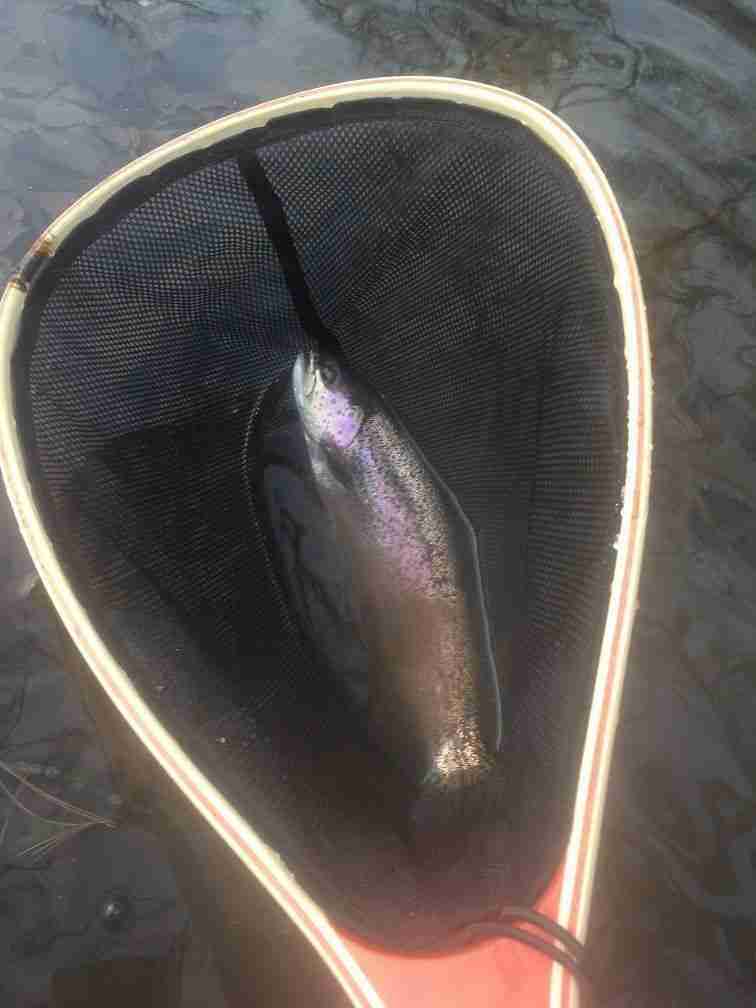New Anglers and Gear Basics
This article on Essential Gear is specifically for those brand new to the sport of Fly Fishing. If you are not new, this likely won’t benefit you. Fly Fishing is an exciting sport that attracts people from all walks and backgrounds. What I love most is there is no discretion by the fish, and the challenge it is to try to coax one of these things to eat your small bugs.
There are hundreds of thousands of miles of fishable rivers and streams across the US alone (not to mention lakes and oceans, all major water types can be fly fished!). This means there is plenty of angling to keep you busy for your entire lifetime, and plenty of wilderness space to avoid people if you prefer that. Fly fishing will likely take you on some pretty cool adventures in the years ahead, memories you will look back fondly on. To be able to fish though it requires some basic, minimum gear that will get you on the water. We want to offer some insights and helpful tips in this article.
Rods
It goes without saying, but I guess I’ll say it anyway, that any good fishing day requires a rod of some sort. There are endless options on the market and we will do some reviews down the road, and update this accordingly, but many solid rods can be had in the neighborhood of $100. You can even opt for a rod and reel combo that gets you both essentials at once. These reels usually have the backing and fly line already on for you too. There are many considerations that we will get into in other articles, but in general, your average trout rod on the market would be a 9-foot, 5-weight rod with medium flex. Rod weights align with the weight of the fly line you want to use, and generally goes up from 1-14 (from small sizes to larger).
Reels
Fly reels also align with rod weights, and fly line. Most fly reels come in sizes between 1-12 weight. Again, the best practice is to have the fly rod in hand and figure out what reel will pair nicely with that particular rod. I personally, made the purchase at about the same time. I knew that my main 5 weight rod, would work nicely with a 5wt reel. There are plenty of resources out there to recommend different reels and rods, and in a later article we will give you some solid options to get you started.
Nautilus XM fly reel
Waders
There are hundreds of waders and boot options out there, and even more combinations you could select. This makes it pretty confusing to the new angler trying to decide what and how much they need to spend. If you really get down to it, all you need to worry about is staying dry. Every pair of waders you own should first serve the purpose of sealing out water, because more often than not you are buying them to wear in water (vs fashion).
Longevity is important here too. My first pair of waders was a $50 Gander Mountain rubber bootfoot setup that lasted all of five times out. The seal around the ankle cracked and that was that. Spending at least $100 should get you some solid waders. My personal opinion is that if you are planning to go out a couple times a month and do a fair amount of trekking, you should opt for stocking-foot waist or chest waders. You will then also need to invest in a pair of boots.
Waist vs Chest Waders
This just denotes the point at which the waders reach on a person. Either the waist or the chest. Neither is better than the other, just useful for different reasons. It should go without saying but I’d opt for a chest pair if you want to wade in past the waist, obviously this will work better than the waist high option for that. They tend to run more expensive so if you are fishing regions where the water is not very high, you should have no issue getting the waist highs (which is what I currently have for most of my outings. We highly recommend this pair – check out our full review on the Cabelas Premium Waist High Waders.
Cabelas Waist High Waders
Example of chest waders
Boots
Boots are only considered essential gear if you decide to go with the stocking-foot waders. Boot-foot, as the name suggests, already have boots attached to them. The most important feature of boots other than their comfort is the type of Outsoles.
Felt Sole
I own a pair of felt soles but no longer use them. Where I fish most, we have a mix of rocky bottom and muddy bottom rivers. Felt works better with slippery, rocky bottoms. They tend to be very heavy and retain more water due to the felt fabric, making long treks a nightmare. These have been discouraged as of late as many of you know, because they tend to carry invasive species and parasites that hurt the native species in the water. Some states have even attempted to ban these boots. For this reason we don’t really recommend them unless you are fishing the same stream over and over.
Hodgman H3 Wading Boots (felt sole style)
Rubber Sole
I personally own a pair of Orvis rubber bottom boots and these have been excellent. These can provide good traction on muddy bottoms, rocky banks and saltwater surfs. I find these much easier to hike in for long distances and rough terrain as well. I would highly recommend these as your first and primary pair of boots.
Studded Sole
These I have not personally used but as the name implies, they have small studs or cleats that you need to screw into the bottom. These are great for slick surfaces or river bottoms, but can damage boats or vehicles so be wary of that.
Fly Fishing Packs vs The Classic Vest
You will need a way to transport all your fly boxes, water, tippet and leaders, coats and whatever else you may have. I have used both a traditional vest (and still keep it handy in my gear lineup), which has been around for many years and stood the test of time. A recent uptick in manufacturers putting out fishing packs has given anglers another great option. In my opinion, if I had to choose the best option for me, I would pick the Pack all day. These tend to have great storage capacity, can easily flip over the shoulder for access to gear and won’t interfere with casting. The zippers make it easier to secure things on the water too. I have dropped fly boxes messing with vest pockets on the water, and this is a major bummer when hurrying to cast that fly out again (not to mention scaring the fish). Some of these packs are even made with fold out benches to hold things while you tie. Most people make fly adjustments standing in the streams so its crucial you don’t lose anything.
Landing Nets
Rubber vs Nylon
In terms of fish safety, I think both nets are okay as long as the Nylon nets have incredibly small holes and gaps. The old style nets (shown below) are completely unsafe for fish, and I have hooked my hand bad in the past trying to get a Pike untangled. So not to mention these nets are unsafe for the fish due to entanglement, they pose greater harm to the angler. In Fly Fishing, smaller nets are necessary because you’ll be carrying it around on you all day. I have a small gap mesh nylon net that poses no real harm to the fish. I prefer to keep it in the water at all times so the net and fish remain wet (protecting their coat of slime on the skin is essential). Rubber nets are also solid options overall for netting fish and preventing entanglement issues. They tend to have less hook snags as well, making release much simpler.
Nylon net
Conclusions
We set out to give you a general overview of the basic equipment you will need to get yourself out on the water. There are so many rod/reel combos, as well as all the other equipment you could get into. We are focused on giving you practical information in this article to get a sense of where to start your search. We will get some more detailed articles up soon that offer specific options that we love.
Please reach out if you have questions or would like personalized recommendations. Our team is happy to help offer advice in any way we can.






